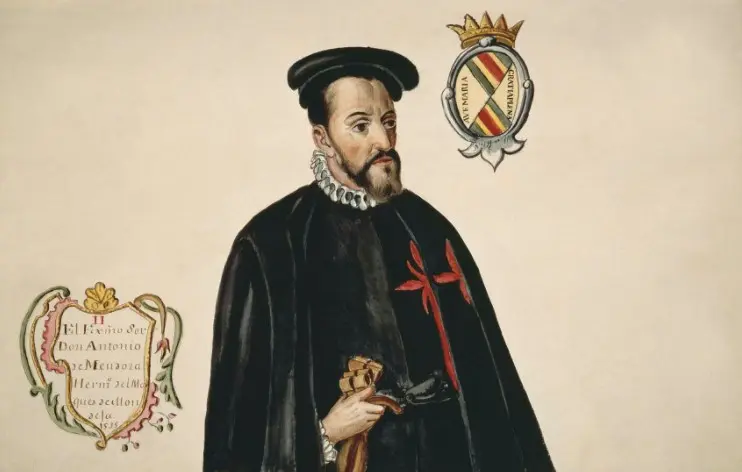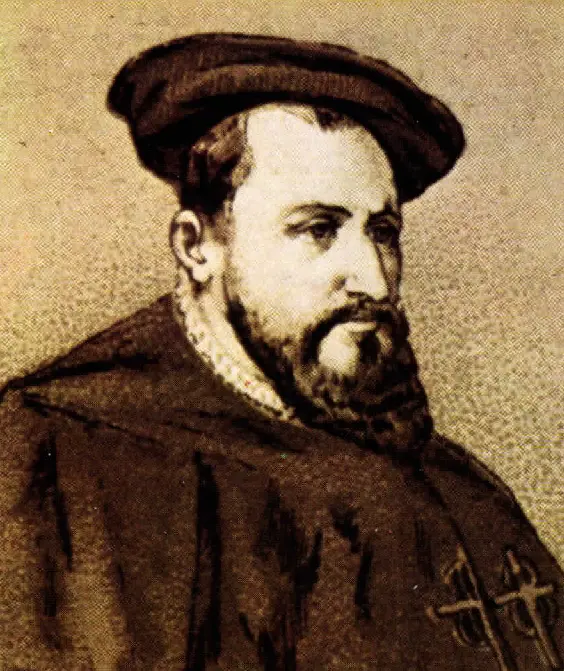You can also listen to this article in the following audio:
The appointment of Antonio de Mendoza as the first viceroy of New Spain marked the formal beginning of a new structure of government in the Americas. His arrival in 1535 represented an effort to consolidate the political, economic and religious control of the Crown of Castile over the territories recently incorporated into the Catholic monarchy. In this article we explore his role in the reorganization of power, his attributions and the challenges he faced in asserting viceregal authority.
The figure of Antonio de Mendoza
Antonio de Mendoza y Pacheco came from a high-ranking family linked to the peninsular nobility. His election as viceroy responded to his reputation as an efficient and loyal administrator to King Charles V. Unlike previous authorities, such as the oidores of the audiencia gobernadora, Mendoza had a more solid institutional backing, designed to impose order after the conflicts and abuses that had occurred in the first years following the fall of the Mexica dominion.
Consolidation of royal power in America
Mendoza’s mission was to implement a model of government that centralized power on behalf of the monarch, but also moderated the excesses of the encomenderos and other peninsular actors. Among his attributions were:
- To implement the New Laws and other actual provisions aimed at protecting the indigenous population.
- Controlling the use of the encomiendas without destabilizing the existing productive structure.
- Establish the Royal Treasury as an instrument of economic control.
- Overseeing territorial expansion to the north, encouraging new foundations.
Mendoza also played a key role in the development of institutions such as the Royal and Pontifical University of Mexico -founded in 1551-, as well as in the introduction of the printing press, which demonstrates his interest in consolidating not only political power, but also the cultural structure of the viceroyalty.


Tensions and balances in its government
Although he was a figure respected by many, Mendoza was not without tensions. His mandate involved mediating between the interests of the king, the ambitions of the encomenderos, the demands of allied indigenous groups and the ecclesiastical institutions. The balance he managed to maintain was remarkable and allowed for relative stability during his administration, which lasted more than a decade.
Conclusión sobre Antonio de Mendoza como primer virrey
Antonio de Mendoza was more than a royal delegate: he was the architect of the first stage of stable government in New Spain. His actions laid the foundations of the viceroyalty model that would last for centuries, balancing the interests of the Crown of Castile with local dynamics. As the first viceroy, he knew how to exercise the powers of royal power with restraint, leaving a legacy that would place him among the most influential viceroys of the period.
Explora nuestra colección de shorts








